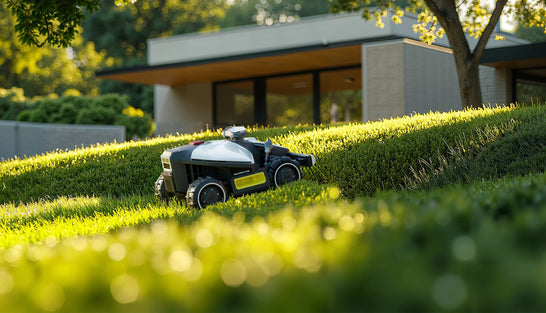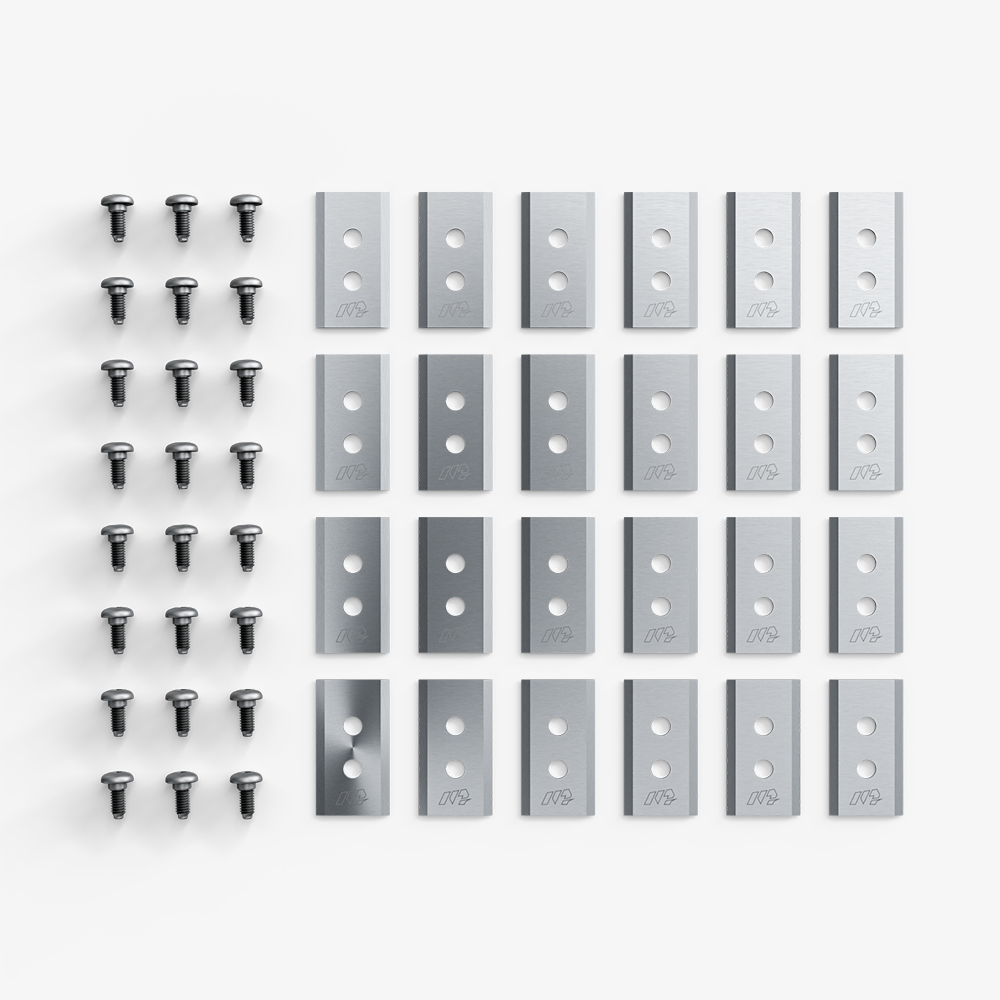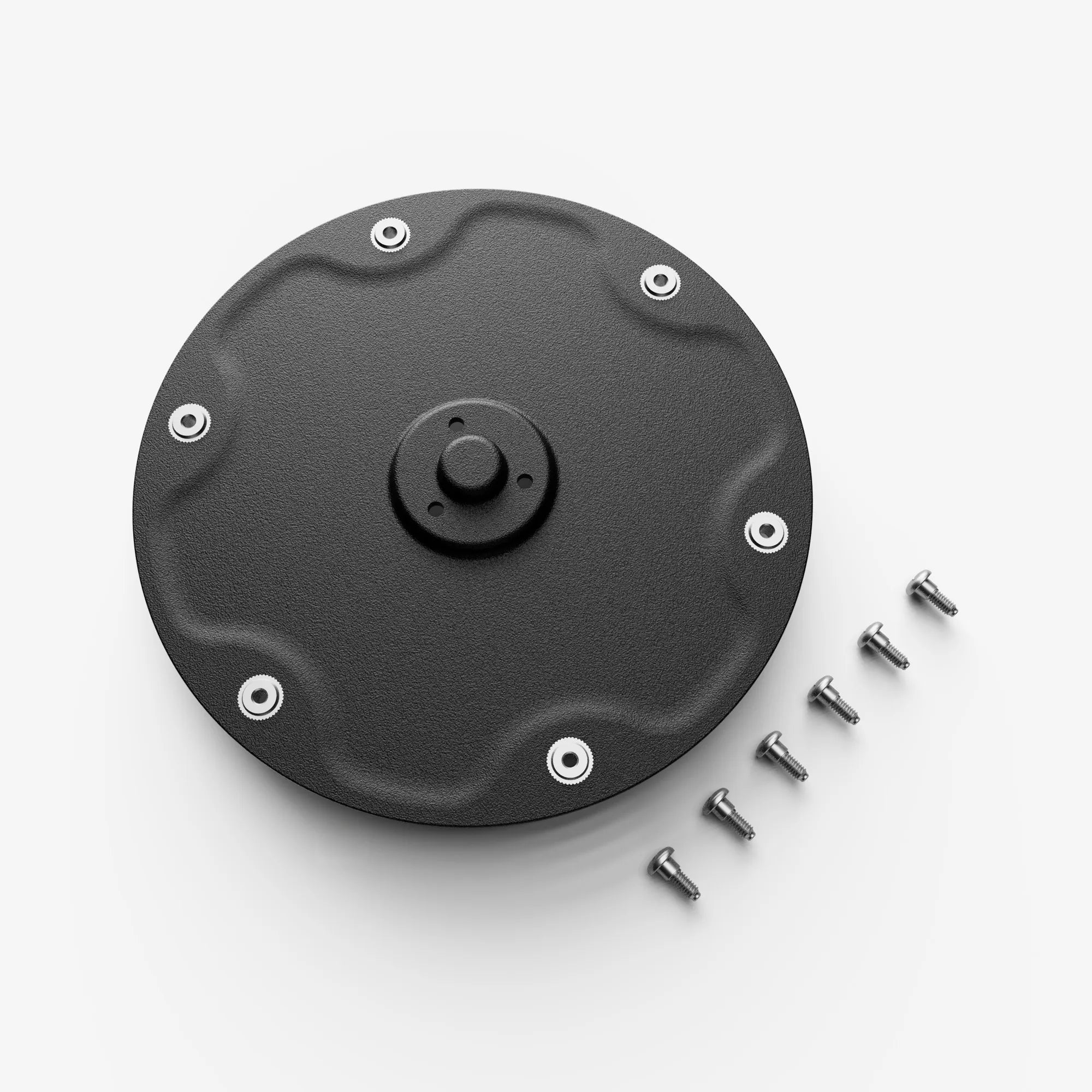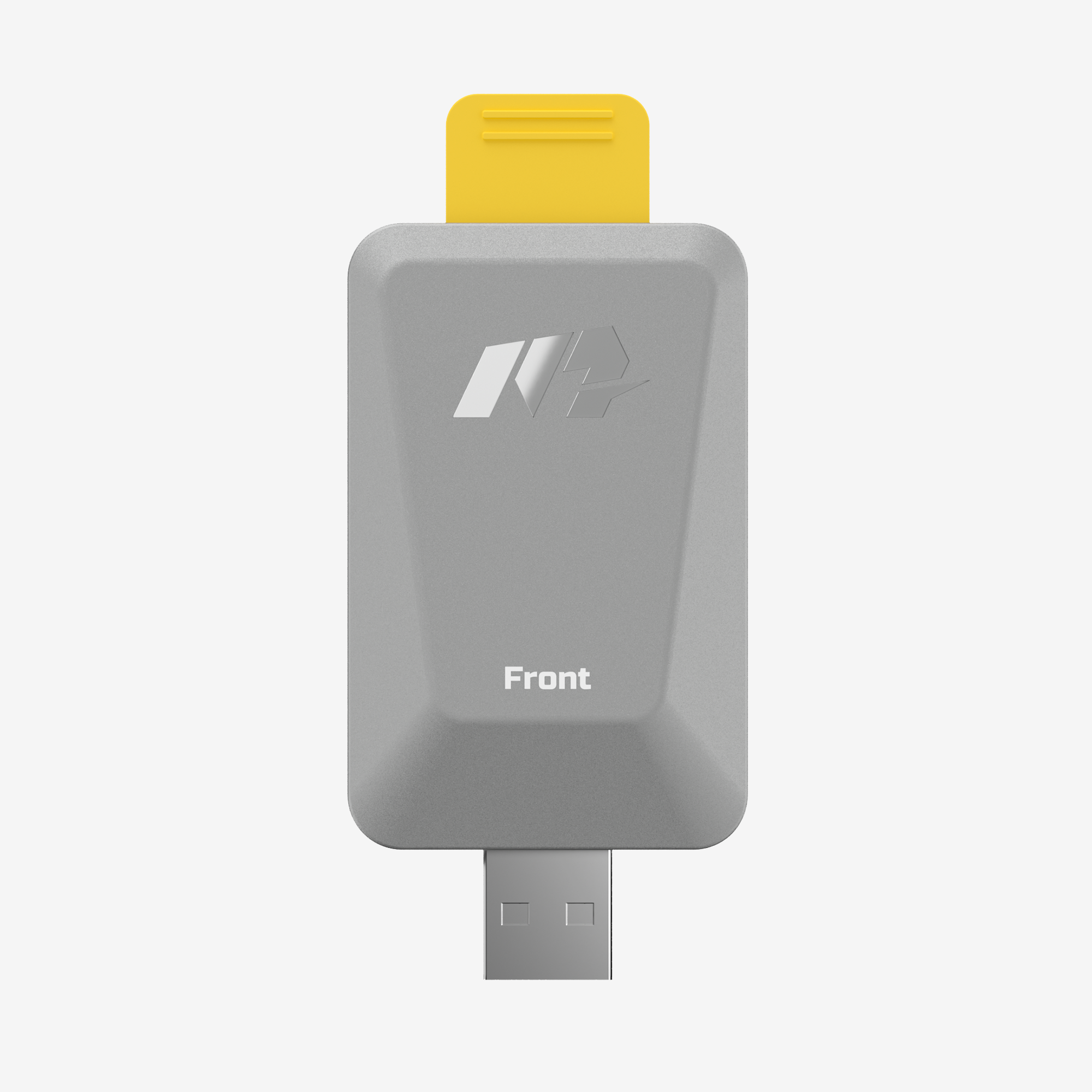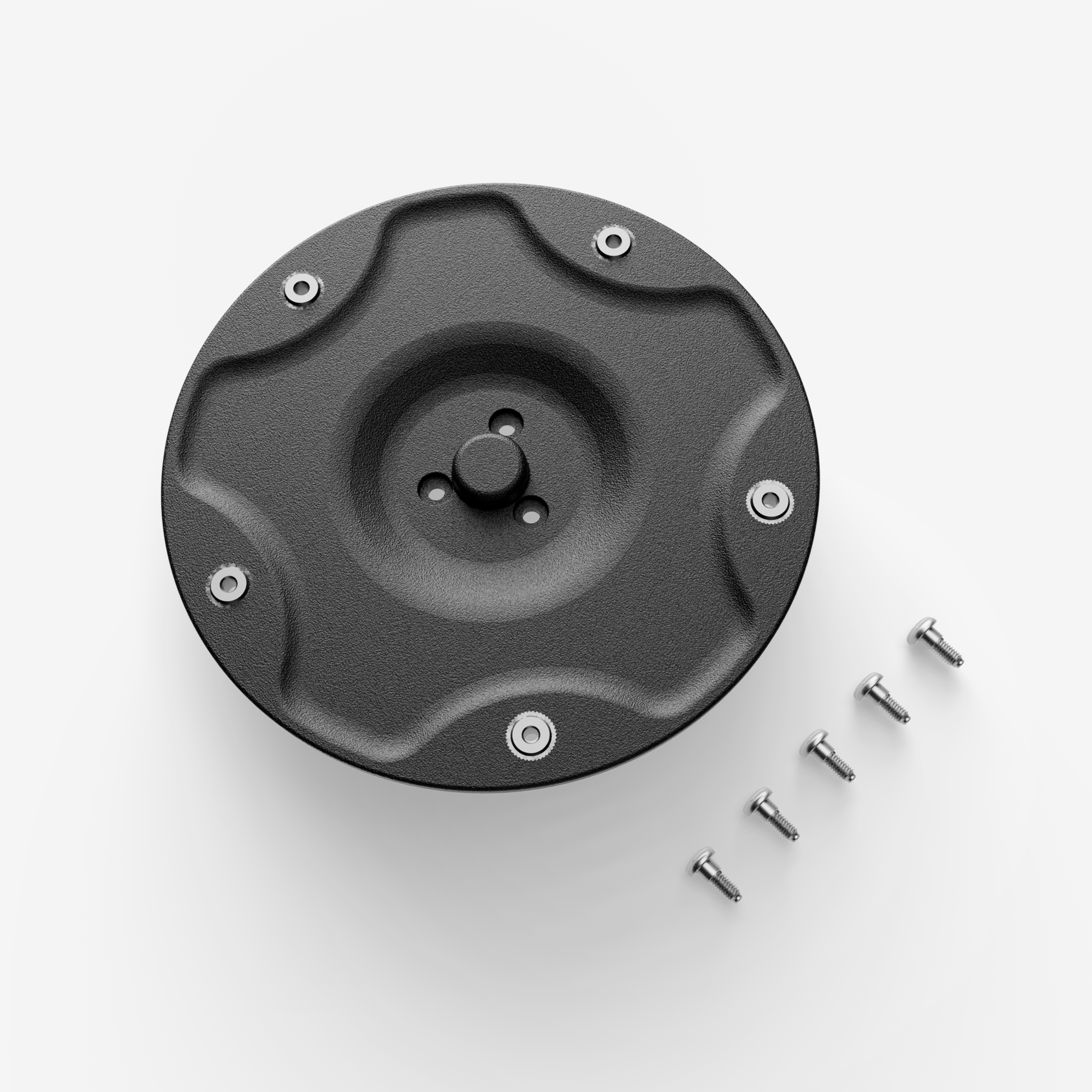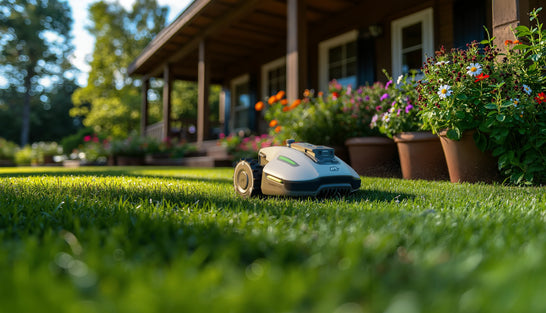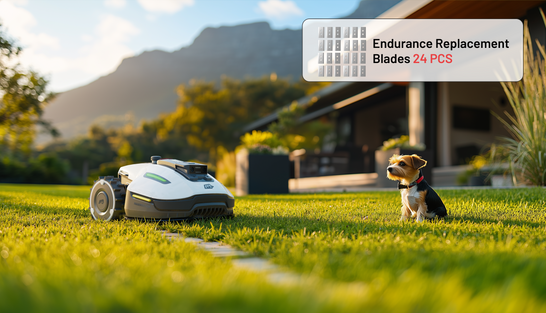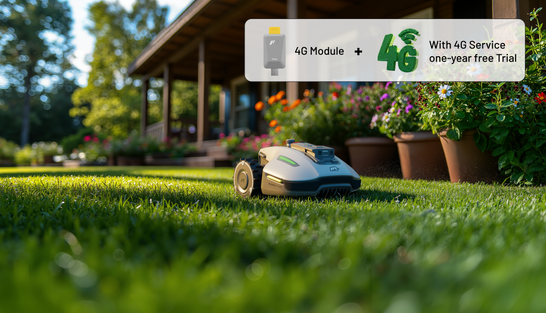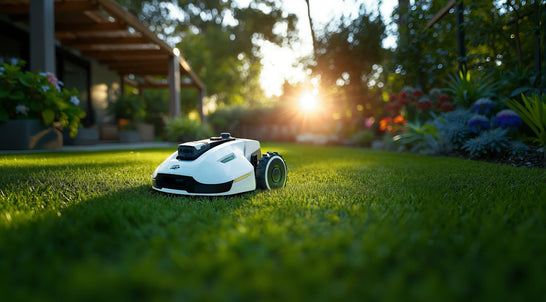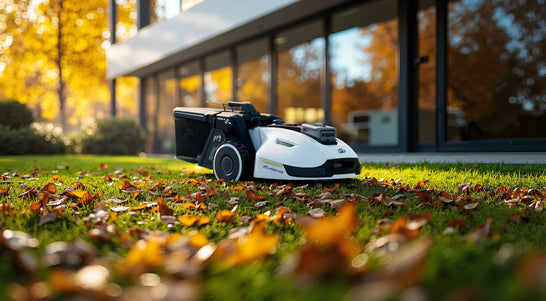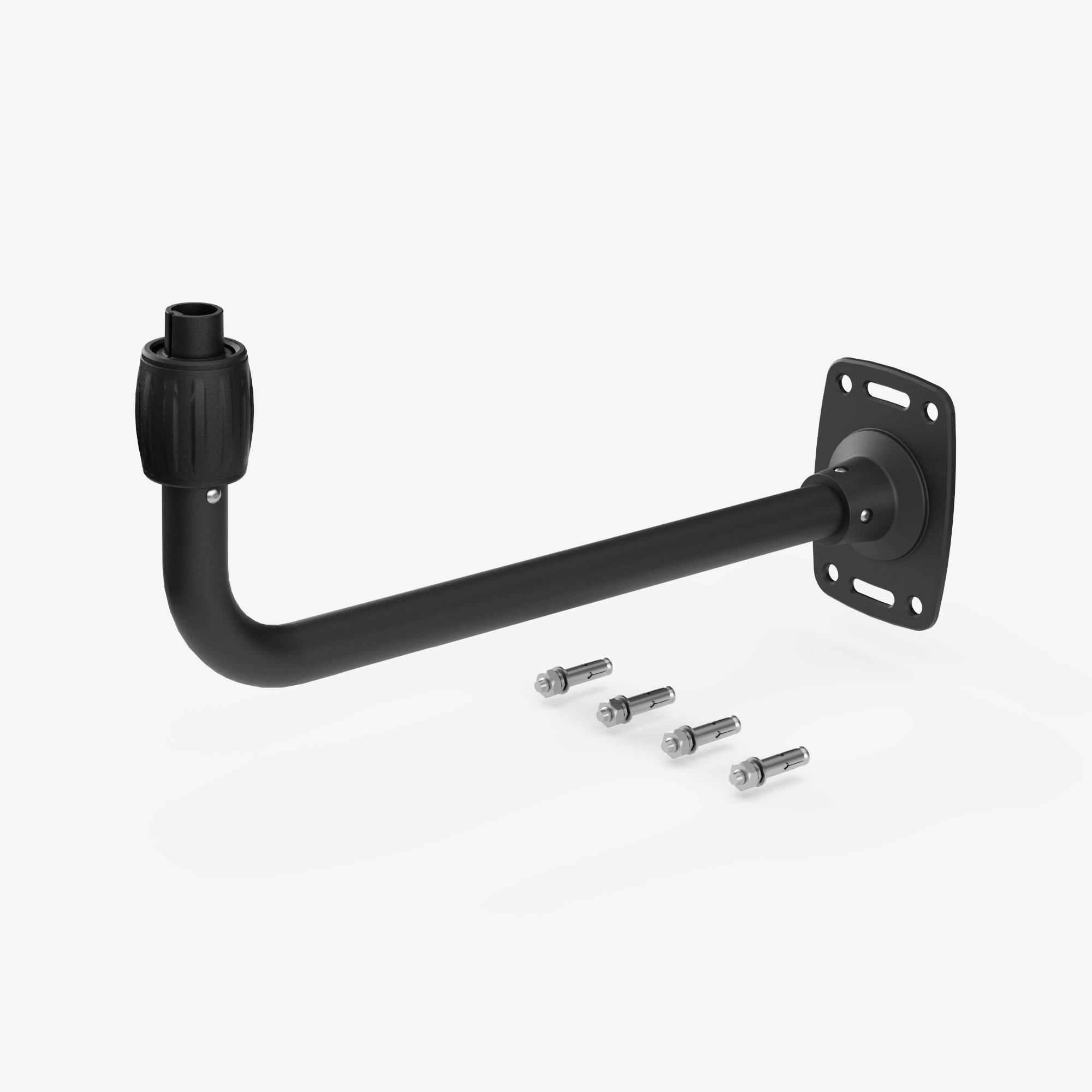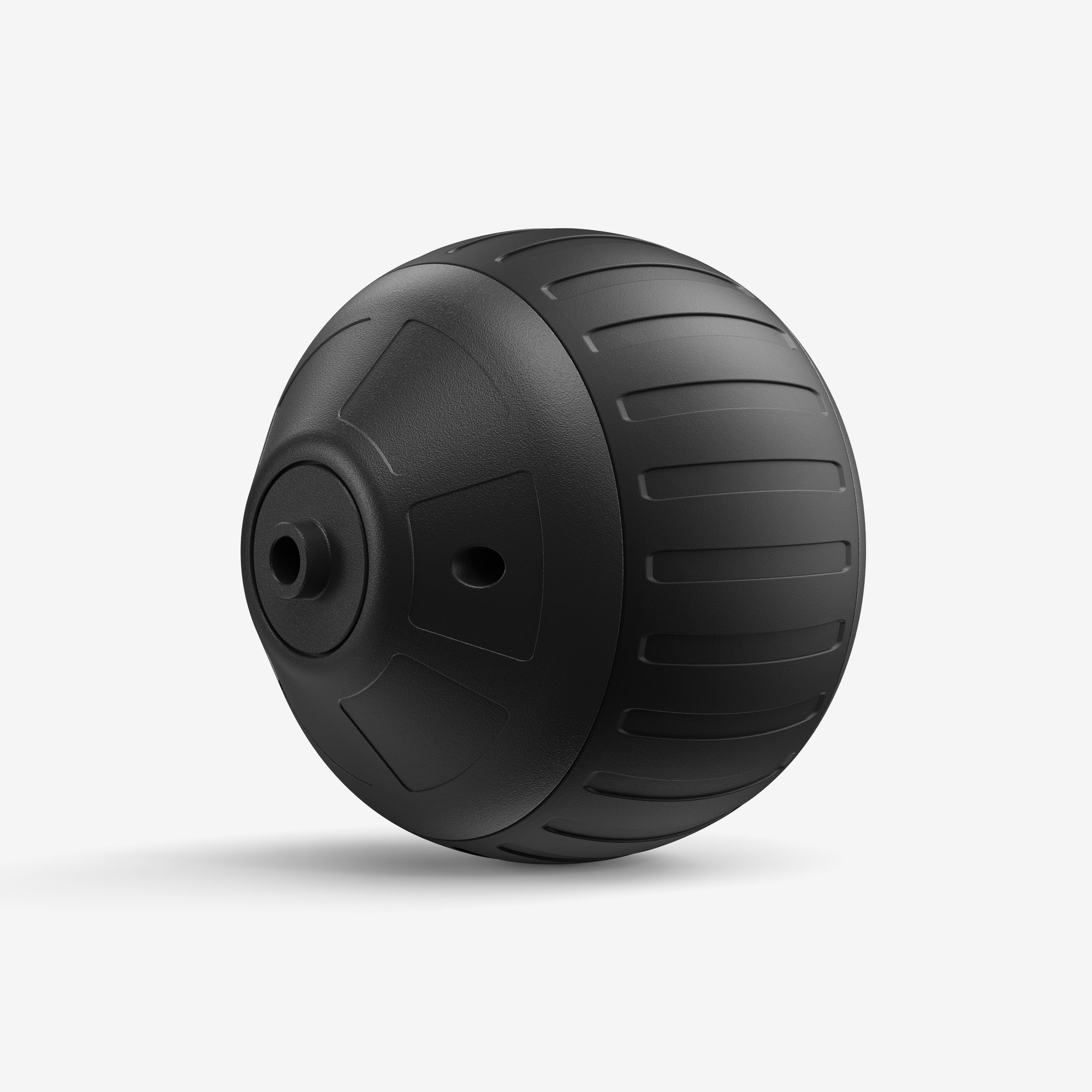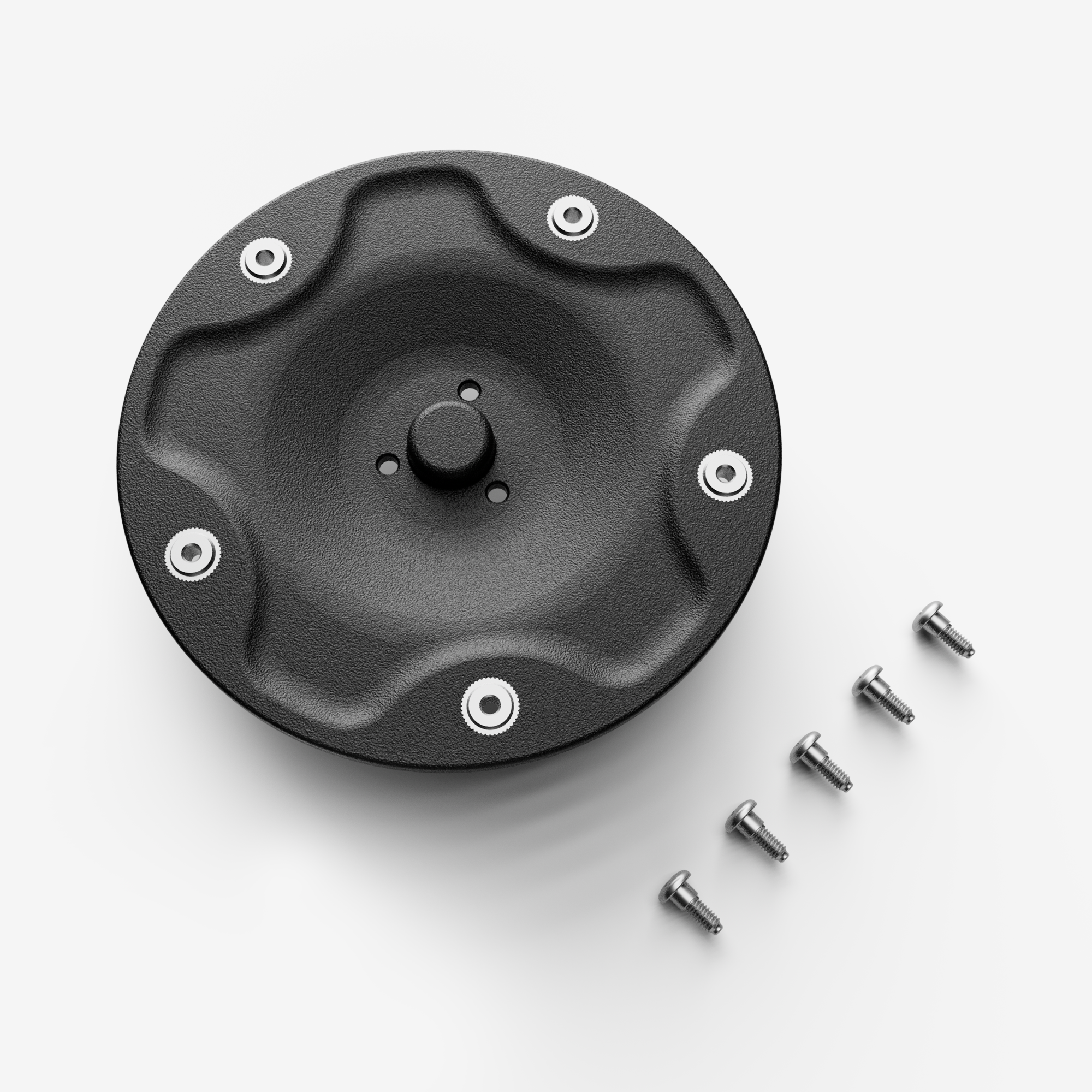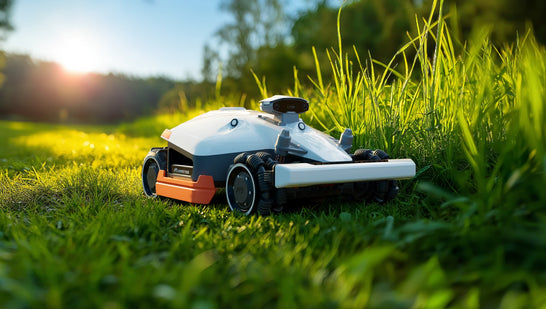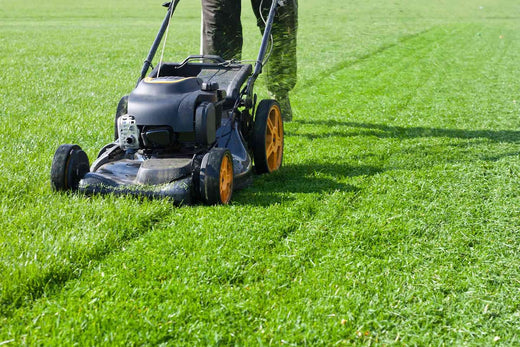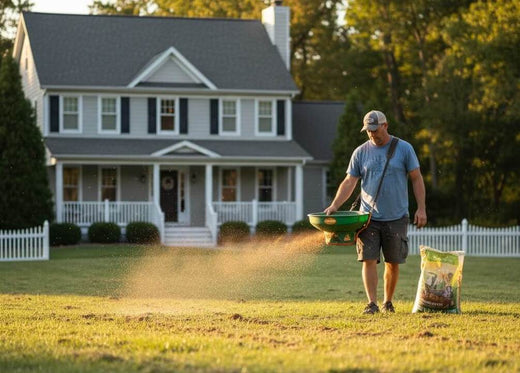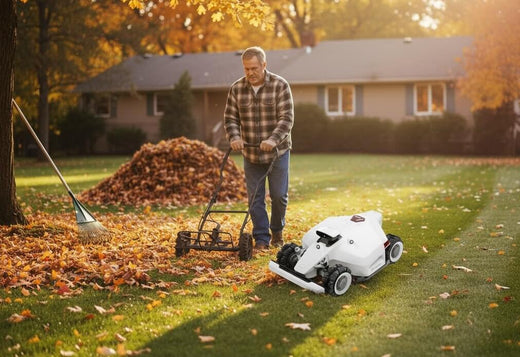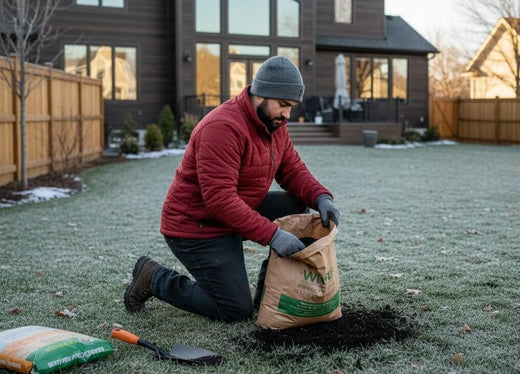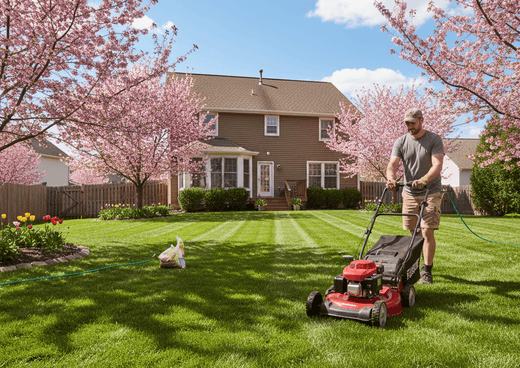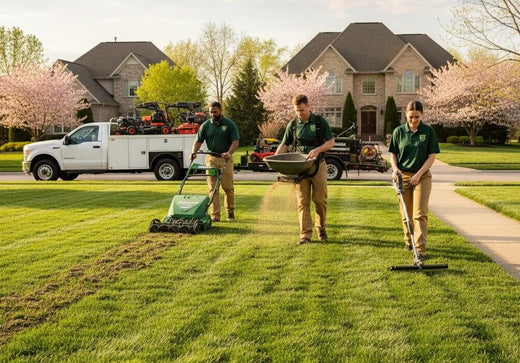Finding the optimal grass cutting height to mow your lawn not only enhances its health but also promotes aesthetic appeal. Cutting grass at the right height is akin to pruning plants; it ensures the leaves can effectively photosynthesize, allowing the grass to thrive.
Mowing too short can lead to damage, weakening the root system and increasing susceptibility to diseases. Each grass type—whether cool-season or warm-season—has its own ideal cutting height, which varies across seasons.
Basic Rules for Optimal Grass Cutting Height
When it comes to mowing, there are some fundamental rules to follow that will help maintain your lawn's health:
1. One-Third Rule
A well-known guideline in lawn care is the one-third rule: never cut more than one-third of the grass blade length in a single mowing session. For example, if your grass has grown to 3 inches, you should only trim it down to 2 inches at most. This practice minimizes stress on the grass and allows it to recover quickly, promoting healthy growth.
2. Know Your Grass Type
Different types of grass have specific cutting height requirements. Cool-season grasses, such as Kentucky bluegrass and fescues, typically thrive when mowed to heights between 3 to 4 inches. In contrast, warm-season grasses like Bermuda and St. Augustine should be kept shorter, usually around 2 to 2.5 inches. Knowing your grass type and its ideal height is essential for successful lawn maintenance.
3. Adjust for Seasonal Changes
Grass height requirements can change with the seasons. In spring, it's generally acceptable to cut grass a bit shorter to encourage new growth. During summer, it's advisable to raise the cutting height slightly to protect the roots from intense heat and drought. As fall approaches, cutting the grass to a medium length before winter helps prevent matting and diseases.
Grass Types and Ideal Cutting Heights
1. Cool-Season Grasses
Cool-season grasses are best suited for areas with colder climates and thrive during the spring and fall.
Common Grasses Types with Ideal Height
Fine Fescue: 1.5 - 4 inches
Kentucky Bluegrass: 0.75 - 3.5 inches
Tall Fescue: 1.5 - 4 inches
Perennial Ryegrass: 1.5 - 4 inches
Cutting Heights by Season
Spring: 3 to 4 inches
In spring, it's vital to cut cool-season grasses at this height to encourage robust growth and recovery from winter dormancy.
Summer: 3 to 3.5 inches
During the hotter months, slightly raising the cutting height can protect the grass from heat stress while promoting healthier roots.
Fall: 2.5 inches
In the fall, a moderate height prepares the grass for winter, ensuring that the root systems remain protected from frost damage.
2. Warm-Season Grasses
Warm-season grasses thrive in warmer climates and are most vigorous during the summer months.
Common Grasses Types with Ideal Height
Bermuda Grass: 0.5 - 2.5 inches
St. Augustine Grass: 1 - 3 inches
Centipede Grass: 1 - 2.5 inches
Buffalo: 1.5 - 4 inches
Bahia: 2.5 - 4 inches
Cutting Heights by Season
Spring: 2 to 2.5 inches
In spring, keeping warm-season grasses at this height allows for optimal growth as they come out of dormancy.
Summer: 2 to 2.5 inches
Maintaining this height in summer helps shade the soil, reducing evaporation and conserving moisture.
Fall: 1.5 to 2 inches
A slightly lower cut in the fall prepares the grass for winter while preventing matting and potential disease issues.
Personal Insights
Understanding the ideal cutting heights for different grass types is crucial for maintaining a healthy lawn. While these guidelines serve as a solid foundation, I believe that homeowners should also consider their unique environmental conditions, such as soil type, moisture levels, and local climate. For example, if your lawn experiences frequent droughts, it may be beneficial to maintain slightly higher cutting heights even for warm-season grasses.
Best Practices for an Optimal Grass Cutting Height

Maintaining a healthy lawn requires more than just choosing the right grass type; it also involves effective mowing practices. Proper mowing techniques can significantly enhance the overall health and appearance of your lawn. Here are some best practices to consider:
1. Measuring Lawn Height
Measuring the height of your grass is an essential step in maintaining the correct cutting height. Here’s how to do it effectively:
Use a Measuring Tool: Employ a ruler, yardstick, or specialized lawn height gauge to accurately measure the grass height. Ensure you measure from the soil level to the tips of the grass blades for precision.
Regular Monitoring: Check the height at various spots across your lawn to account for any uneven growth. Grass can grow at different rates depending on factors like sunlight, shade, and soil conditions.
2. Adapting to Weather Changes
Weather conditions can have a significant impact on grass growth and health. Here are ways to adapt your mowing practices according to the weather:
Increasing Mowing Height in Hot and Dry Conditions: During hot summers or periods of drought, raise your mower’s cutting height. This helps retain moisture in the soil and reduces stress on the grass. A taller lawn shade helps keep the roots cool, which is vital during extreme temperatures.
Adjusting for Seasonal Changes: As seasons shift, be aware that grass growth patterns change. During periods of rapid growth in spring, you may need to mow more frequently, while in the slower growth of late summer and fall, you can reduce mowing frequency.
3. Frequency and Timing of Mowing
Determining the right frequency and timing for mowing is crucial to keeping your lawn healthy. Here’s how to establish an effective mowing schedule:
Consider Grass Type and Growth Conditions: Different grass species have varying growth rates. For instance, cool-season grasses tend to grow faster in spring and fall, while warm-season grasses peak during the summer months. Mow your lawn based on its specific grass type and growth conditions.
General Guidelines: A common rule of thumb is to mow once a week during peak growth periods. If the grass is growing quickly due to favorable conditions (e.g., warm temperatures and adequate rainfall), you may need to mow more often. Conversely, during slower growth seasons, you can extend the time between mowings.
Best Time of Day: Mow your lawn in the late afternoon or early evening when temperatures are cooler. This minimizes stress on the grass and allows it to recover overnight. Avoid mowing in the heat of the day, as this can lead to scalping and increased moisture loss.
Other Considerations for Lawn Maintenance
Maintaining a healthy lawn goes beyond regular mowing; several key factors can significantly influence both its health and appearance.
1. Pest and Disease Prevention
Maintaining an appropriate mowing height plays a critical role in reducing the occurrence of pests and diseases. Grass blades are essential for photosynthesis, and mowing too short can lead to insufficient leaf surface, weakening the grass and making it more susceptible to infestations.
2. Soil Moisture Retention
The height of your grass also impacts soil moisture retention. Taller grass blades provide shade, reducing evaporation from the soil surface and helping retain moisture. During hot and dry weather, raising your mowing height can assist in keeping the soil adequately moist, lowering the risk of scorching and drying out.

